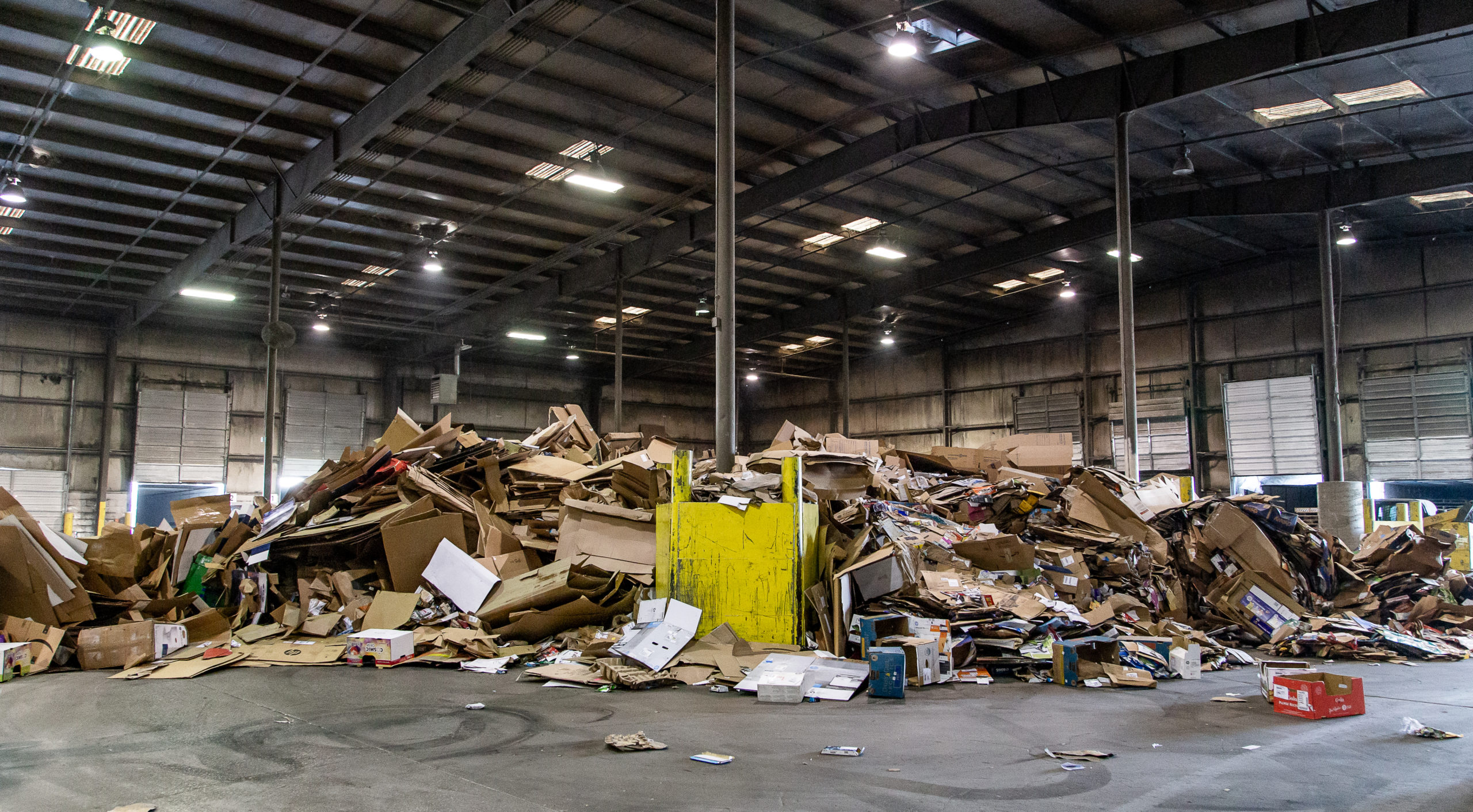Last month I talked about how sustainability is taking shape within the fast-growing world of ESG (environmental, social, and governance) and how ESG increasingly influences the definition of success for organizations, including food and beverage, automobile manufacturers, and logistics/distribution centers. Business success is no longer narrowly defined only in financial terms.
This begs the question, so what can I do? What’s my role? How can I have a positive effect on the environment and still drive financial improvements?
The following case is an example of how one manager, working with Cumberland Recycling, impacted his facility’s ESG by adjusting the facility’s internal waste disposal process.
In early 2019 a 130,000 square foot distribution center (DC) in Nashville found that it was paying a sizeable sum of money to landfill cardboard, wood crating, and stretch-film. Due to the bulky nature of the waste, thousands of dollars were spent monthly to haul the product to a landfill.
Step-1: After observing the container’s contents and then comparing these with weights from the hauler’s invoice, it was established that a baler to recycle the cardboard would be a wise investment. At the time recycled cardboard was worth $85 per ton, today it’s worth about $165. Rather than buy a new baler, Cumberland Recycling sourced and leased a reconditioned unit – another example of recycling – at a fraction of the cost. Almost immediately, the cost of waste management services fell as the container was emptied far less frequently. The cardboard was now being recycled, reducing transportation and landfill expenses since recycled cardboard generated a net revenue versus landfill.
Phase-2: The next step was to tackle the wood waste. A nearby wood recycling company agreed to collect, grind and recycle the wood waste into a high-quality mulch. While this was still an expense, it was less than the cost of landfills, reducing waste costs further still. And at less than half the distance to the landfill, this additionally reduced greenhouse gas emissions generated by trucking the wood to a closer location.
Act-3: Finally, the stretch film was addressed. Large Gaylord-style, one-cubic yard boxes (used, of course) were sourced from a local cardboard recycling plant by Cumberland Recycling and placed at the end of each row of racking throughout the DC. Between making cardboard bales, the Gaylords are emptied, and a bale of film is generated. While less in volume than cardboard, recycling film is far more valuable and accounts for a significant annual revenue stream.
Postscript: Recently, this DC secured a contract requiring direct shipping of product pallets for a large retailer. Instead of buying new pallets, they are sourcing used pallets from the same wood-waste processor, grinding their crating at about half the cost of new pallets.
Combined, these steps resulted in reduced landfill volume, beneficial re-use of equipment and supplies, reduced greenhouse gas emissions, and created buy-in from the staff for a process they are all proud of. All of this while reducing costs and creating a net revenue stream for the company.
Share your story with us. Go to www.cumberlandrecycling.co and upload your story to the Contact Us section or by email to k.malloy@cumberlandrecycling.co.

